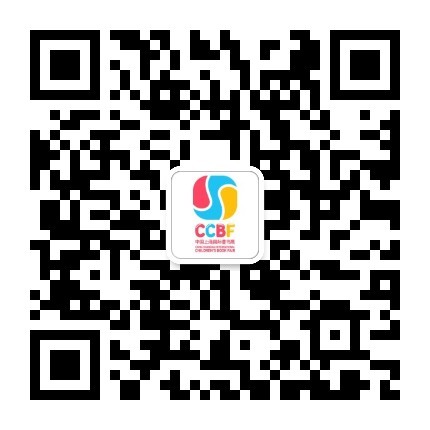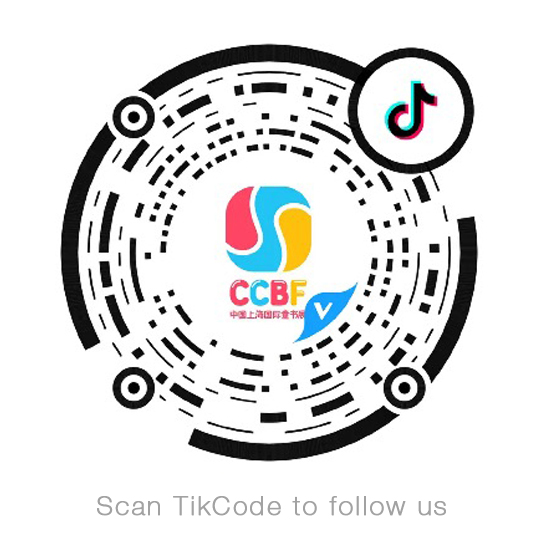In this issue, we invited Ivan Canu, Director of Mimaster Illustrazione in Milan, who is the Commerical Category Jury of 2023 Golden Pinwheel Competition. Ivan wrote a piece of advice for illustrators, talking about trending topics such as AI drawings, social media and the increasing interconnectedness of many illustrators' styles.
So, in a time of constant change, how should illustrators respond?
Q1: The development of artificial intelligence has instilled a sense of crisis across various skilled industries, and one of the sectors that has been particularly impacted is the field of illustration. Objectively speaking, the artistic works produced by AI-based graphical computation are indeed commendable in terms of style and technique. However, when illustrators lack scarcity and competitiveness in the dimensions of "style" and "artistic technique," what do you perceive as the deeper core competitiveness of this profession?
Ivan: Actually, AI currently "copies" meaning it draws from a repertoire of images and information that is so vast and seemingly infinite, without generating anything new. It just does what it does very well. AI is in a learning phase, similar to human beings in the early stages when they are not yet artists but are studying to become one. And, in fact, like humans, AI also struggles with drawing appendages, especially hands and feet. These are generally the things that even beginner artists have difficulty creating. And it doesn't surprise me: if AI is a human creation, its learning follows the same patterns. Copying is the initial phase of this process, and all artists were copyists at some point. Roman statues are copies of Greek ones, architectural designs, tapestries, and Renaissance paintings are all copies. Copies were made at a frenetic pace in workshops, from Cimabue onwards with Giotto. The act of copying sharpens the eye, trains the hand, refines techniques, and eventually leads to originality, branching forward or sideways, allowing an artist to emerge and create their own language. When we talk about language, we talk about a dictionary: those with few words do not have a very interesting conversation and consequently express poorly what they have in their minds. Those with many words can choose how to combine them, have a tone, a style. The synthesis of the first is a necessity, while the synthesis of the second is a choice. We can say that AI has a potentially enormous dictionary, which could one day, perhaps not too far away, allow it to create an original work. However, at the moment, this step is missing, and it still remains the prerogative of human beings.
Q2: In your experience, what kind of professional skills and qualifications does a newcomer need to possess in order to embark on a full-time career as a freelance illustrator?
Ivan: Let's debunk the cultural misconception that illustration is a solitary profession because, in reality, it is a form of communication. While the execution, the actual drawing or the complex stages of an editorial project, may be done alone, the rest of the work involves interaction, inspiration, suggestions, and imitation. For those starting out, this is a dynamic and enriching time, especially when everything was still analog. Portfolios were printed, paper was produced, a lot of it was wasted, and stamped envelopes were sent all over the world, often spending a lot even when earning little. The digital era, particularly the revolutionary change brought about by the Internet and subsequently social media, has opened the doors to a global market that is stimulating and rich with opportunities. The downside could be that excess in everything can lead to confusion and a widespread anxiety of not standing out. The "visibility" that some publishers believe compensates for the ridiculously low budgets available for ambitious projects can now be achieved through a decent Instagram profile connected to other social media platforms, along with the ability to create engaging videos and tutorials. When combined with strong skills in drawing, design, and even interesting topics and themes, this approach can achieve much more than a small or medium publisher with outdated and inadequate market understanding.
Q3: Which qualities do you consider to be highly important for an illustrator?
Ivan: Multitasking is a blessed quality if you want to thrive in this profession and extend your career beyond a single season. Therefore, it encompasses various aspects, depending on one's preferences and the nature of the work to be done.




